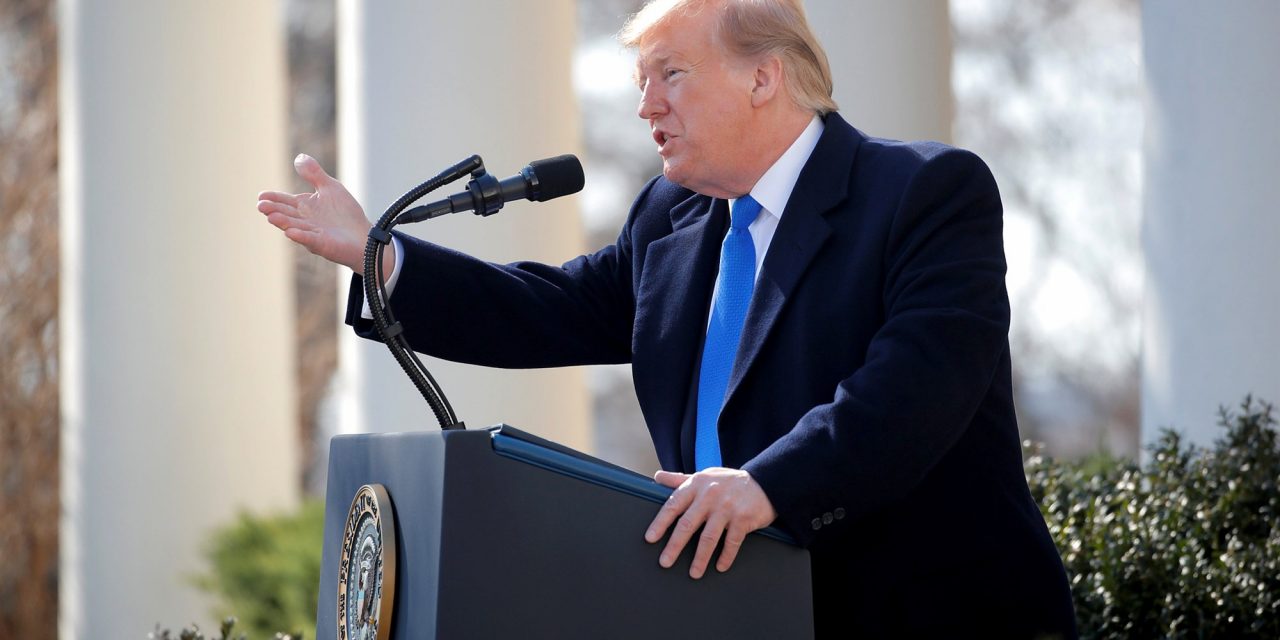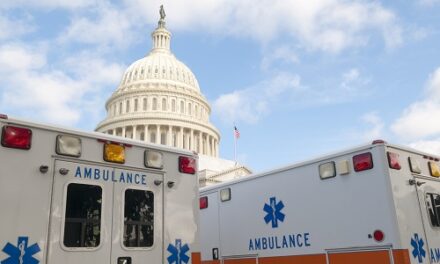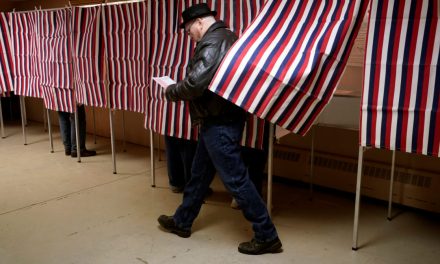Image Credits: Jim Young / Reuters.
Back when this was all beginning, people referred to COVID-19 as “a novel coronavirus.” That little phrase carried two important pieces of information, neither of which the president of the United States understood. It told us that this infection was not influenza or “the flu,” and it told us that human beings had no immunity against it because we had never encountered it before. What this meant was that the viral outbreak would keep spreading through the population with ease because literally everyone could be infected, and that we shouldn’t expect that it would “magically disappear” over the summer.
Scientists still have much to learn about this novel coronavirus, and they’ve made some mistakes in recommendations and treatments. But they’ve gotten the basics right. That’s why Alexis Madrigal of The Atlantic is correct when he writes: “There is no mystery in the number of Americans dying from COVID-19.”
When people are exposed to a sufficient concentration of the virus, they will get infected, which is why anywhere that people concentrate there is a good likelihood of an outbreak. We’ve learned that the virus spreads most efficiently in indoor spaces, particularly any place that doesn’t have good circulation and a fresh supply of air. It spreads from person to person best when people expel the virus a good distance from their bodies, by singing or talking loudly, for example, so choir practice and bars are particularly dangerous.
We’ve all gotten used to the charts that show whether the rate of infection or testing or death is going up or down. We watched the charts grow in the Mid-Atlantic, Midwest and Northeast in the Spring and then fall as hard quarantines had the desired effect. We watched the South and Southwest express skepticism about the seriousness of the problem and ignore this hard won wisdom. Now they are the ones experiencing the spikes in infections. It’s their hospitals and morgues that are overflowing. And they ought to know exactly what to do, because they witnessed what worked in the first instance.
But they’re struggling. Partly this is a simple reflection of a regional difference between secular and religious culture. Partly it’s a reflection of how difficult it can be to admit mistakes and correct course. Mostly, it’s due to Republican leadership being afraid to contradict the president of the United States, especially wherever religious fundamentalism predominates. When skepticism about science and the educated elite is instinctual and tribal, it’s hard to get people to listen to reason, especially when their trusted leaders spent a lot of energy giving them bad information.
As cases began to rise in the Sun Belt, some people at first took comfort that there wasn’t a corresponding rise in deaths. This was in part due to some improvement in treatment, so that some who would have died had they been infected in March were now surviving an infection in June. But, mostly, it was an illusion, and a simple function of the roughly three to four-week delay between getting sick and actually dying.
As Mr. Madrigal points out, “America’s deadly summer coronavirus surge is undeniable. And it was predictable this whole time by looking honestly at the data.” Once the Sun Belt states opened up their economies, things transpired exactly how we were told they would transpire. First there was a spike in reported cases, which was followed by a spike in hospitalizations, and finally a spike in fatalities. This was predictable because it isn’t remotely complicated. When people congregate, the infection spreads. It spreads because only a tiny percent of the population has already been infected and thereby has antibodies that can fight off the virus. If an infected person gives the virus to an average of more than one other person, the outbreak will grow. The only way to bring that number below one is to practice extreme social distancing. Obviously, masks can reduce the likelihood of person-to-person spread, but they are nowhere near as effective as a hard quarantine. When the outbreak is raging, the only way to get it back under control is to shut everything down and have people shelter in place.
But, this doesn’t make the problem go away. If gets the problem down to a manageable level, where hospitals are not overwhelmed and perhaps testing and contact tracing can quickly identify and isolate future outbreaks. This was done in New York and Boston. It was done in Europe and the Far East. But it is not being done in the Sun Belt, and it’s not even being done consistently in other regions where it proved effective.
The main thing is that the virus will make a comeback as soon as we relax because we still have no immunity. So, even if the Sun Belt gets its act together and gets the virus under control, they can’t think anything has been solved. As things stand, they’re outbreak is going to reinfect the regions that went through this once already.
These are stubborn facts that won’t bend to wishful thinking and rhetoric. So, no, we can’t just reopen our schools. We can’t put kids on school buses and in indoor classrooms and not have outbreaks of the virus. We can’t go to bars or choir practice. It doesn’t work like that. The infection spreads wherever and whenever it has the chance. Medical outcomes may improve, but the complications of the disease are serious and lasting.
If we want to get some semblance of normalcy, we have to do what other nations have done, and that is to shut down until the infection rate is low enough to control through testing and contact tracing. We got half the way there and then we just gave up. It may be frustrating, but the answer isn’t complicated. We have to start over from scratch.
That means people have to admit they were wrong. That means people who were misinformed have to get good information. And, obviously, it means that we have to replace the president. We can do that now, or we can wait until January.
Do you want to know what waiting for January might look like?
New York City is and probably will remain the worst-case scenario. New York City has lost 23,353 lives. That’s 0.28 percent of the city’s population. If, as some antibody-prevalence surveys suggest, 20 percent of New Yorkers were infected, that’s an infection-fatality rate of more than 1.3 percent, which exceeds what the CDC or anyone else is planning for. To put it in the same terms discussed here, New York City saw 2,780 deaths per million people. A similar scenario across the South and West would kill over 550,000 more Americans in just a few months, moving the country to 680,000 dead. It is unthinkable, and yet, 130,000 deaths—the current national death toll—was once unthinkable, too.
Hopefully, better treatment will prevent the numbers from getting quite that high, but the price of leaving Trump in office until January 20, 2021 could be a half a million lives. That’s why I said Nancy Pelosi would be doing the Republicans a favor if she impeached him again and gave them a chance to avoid renominating Trump as their standard bearer.
It’s the only thing right now that can prevent an historic catastrophe.






